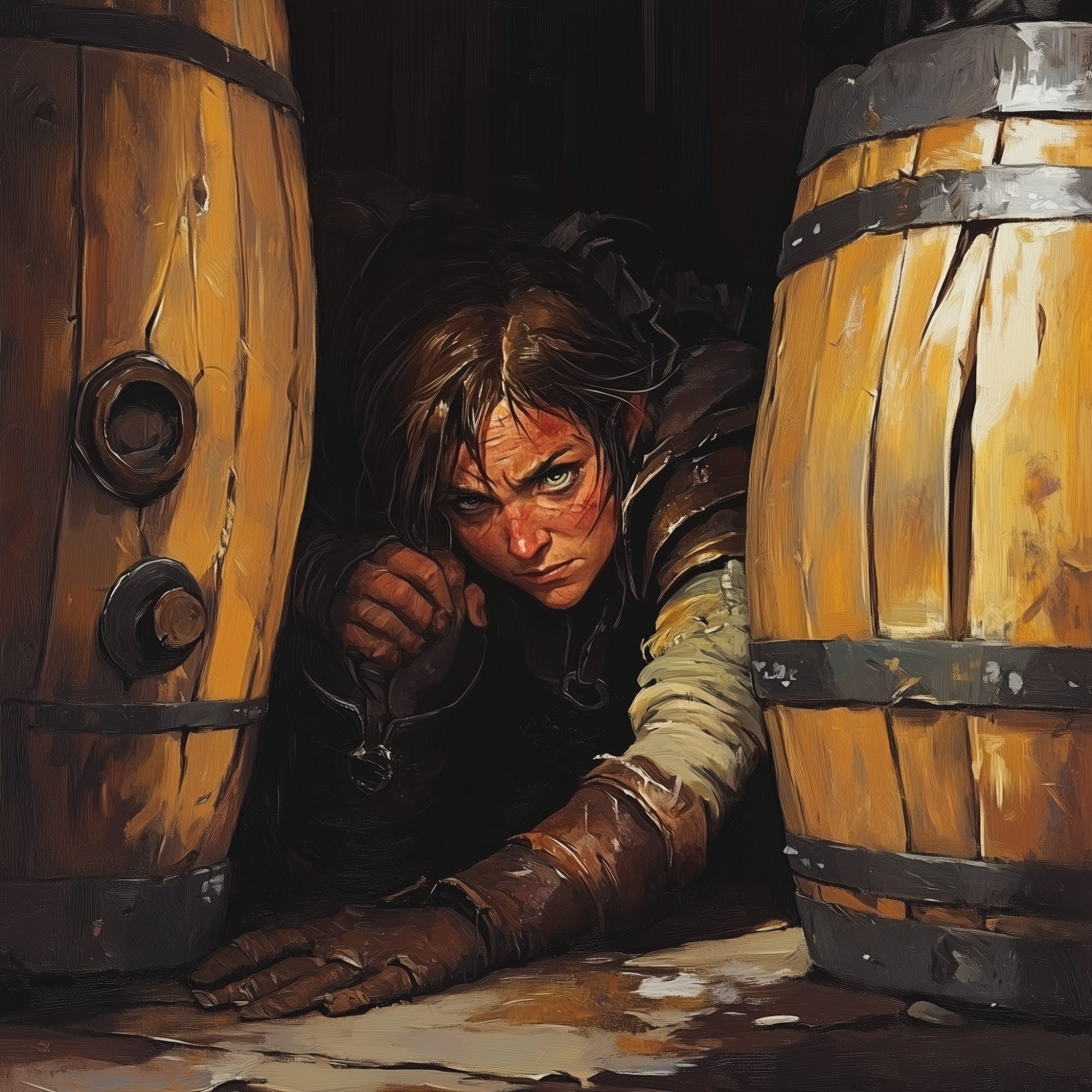If you’ve ever watched a hopeful adventurer plant a wooden bucket on their head and then boldly proclaim themselves “perfectly safe,” you’ll understand the sheer power of denial—sorry, cover—in Dungeons & Dragons. Cover is the mystical phenomenon that grants you (at least in your own mind) a comforting buffer against whatever pointed or fiery terrors the dungeon is serving up that day.
In the standard rules, we have three trusty friends: Half Cover, Three-Quarters Cover, and Total Cover. Half Cover, the baby of the bunch, merely offers a +2 to your AC and Dexterity saving throws—very handy if you’re the cautious type who appreciates not being converted into charred confetti. Three-Quarters Cover provides a more robust +5 bonus, effectively letting you channel the spirit of a turtle with particularly thick plating. Finally, Total Cover is the holy grail of hiding spots: you can’t be directly targeted at all. From behind a sturdy wall (or a particularly towering Gnome with unusually broad shoulders), you can peer out at the carnage and think, “Glad I’m not in that line of fire.”
The 2024 Edition brings a dash of extra clarity: it reiterates that a half-toppled pillar or an ornery donkey (in precisely the right position) might grant you partial cover. The wording has been slightly tweaked for friendlier table rulings, so there’s less bickering about whether your left pinky toe is exposed. Some DMs might also experiment with new guidelines that let certain environmental features, like thick brambles or piles of magical debris, count for partial cover. The underlying rule remains the same: if you’re hidden from your attacker’s line of sight—or at least mostly hidden—benefits abound.
For Dungeon Masters
it’s always a delight to scatter crates, fallen beams, and half-rotten logs throughout your battlemaps, secretly sniggering as your players scuttle from one chunk of cover to the next. Introduce adversaries who are equally cunning and love to poke their crossbows or wands over the top of crates, making the party weigh the risks of a frontal charge versus an exhilarating game of ‘who can crouch behind the fortifications longest’. The key is balance: let your players use the environment to their advantage, but occasionally send in a troll with a fancy new throwing arm who’s not too bothered by your party’s clever duck-and-hide routine.
Cover For Players
the lesson is simple: don’t get shot if you can help it. Seek out a well-placed row of barrels or the corner of a stone corridor, and watch your AC and saving throws climb faster than a caffeinated squirrel up a tree. Coordinate with allies to form defensive lines—if your party wizard is about to conjure some illusory boxes to hide behind, don’t question it; just nod and grin behind your new protective covering. Consider using spells and cantrips to create your own cover if there’s none to be found—because the best offence might be a large, magically-induced fence.
So the next time you’re eyeing up that rickety stack of ale barrels, remember: cover isn’t just for those who mistrust their luck. It’s a thoughtful approach to longevity, a cunning tactic that keeps your adventuring days from turning into adventuring minutes. In the spirit of heroic escapades everywhere, keep calm, stay partially hidden, and always wear your protective donkey—er, gear—proudly.
